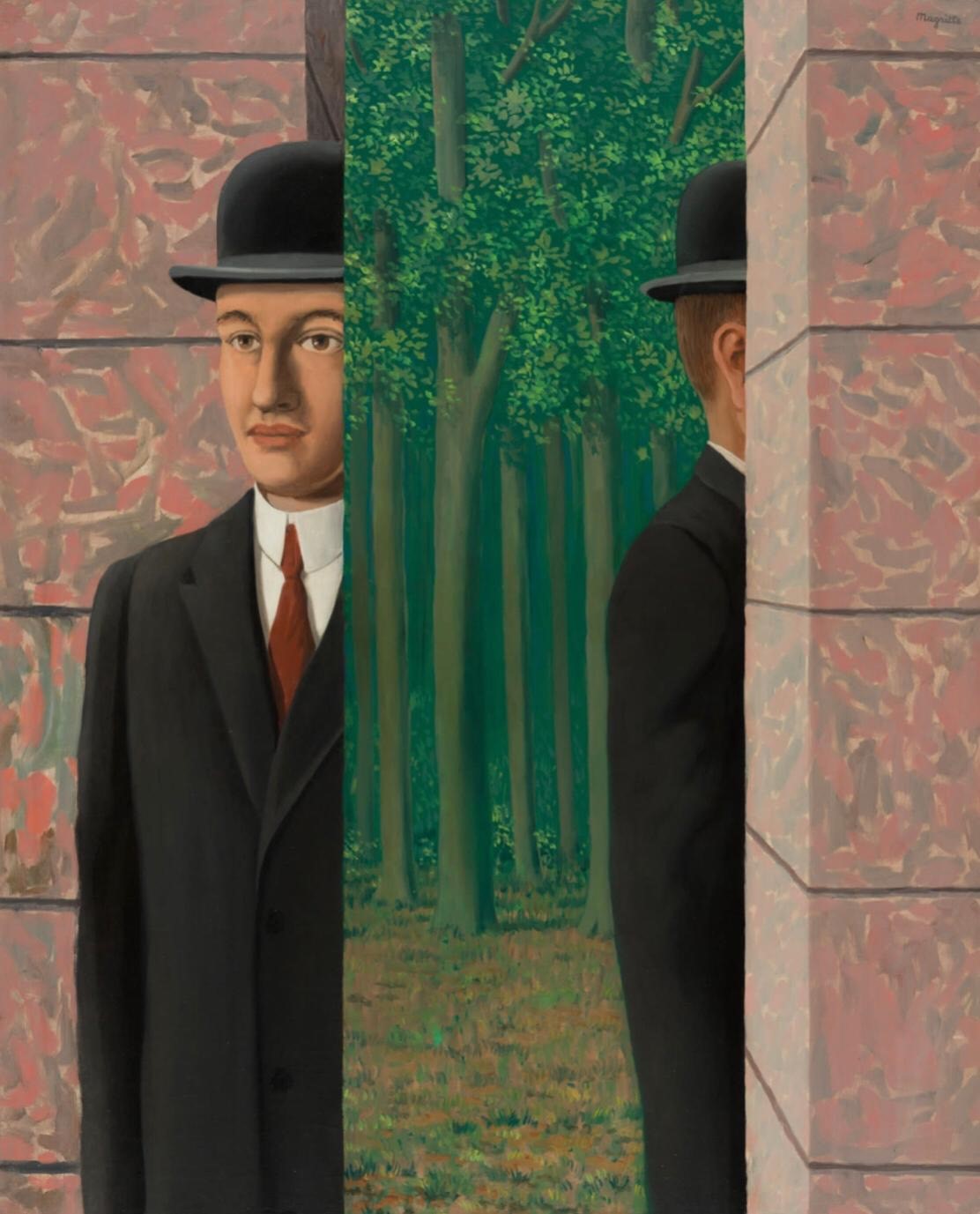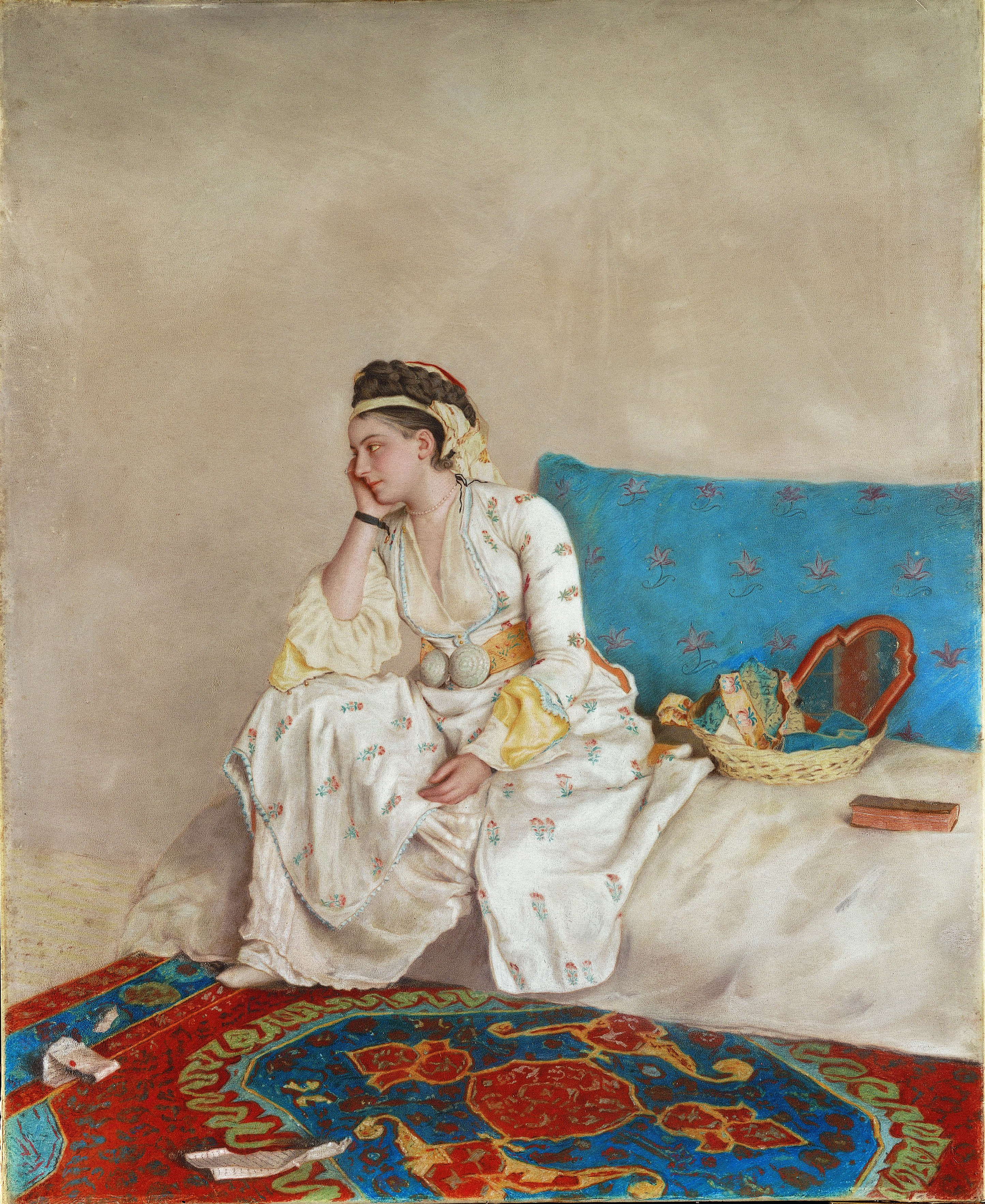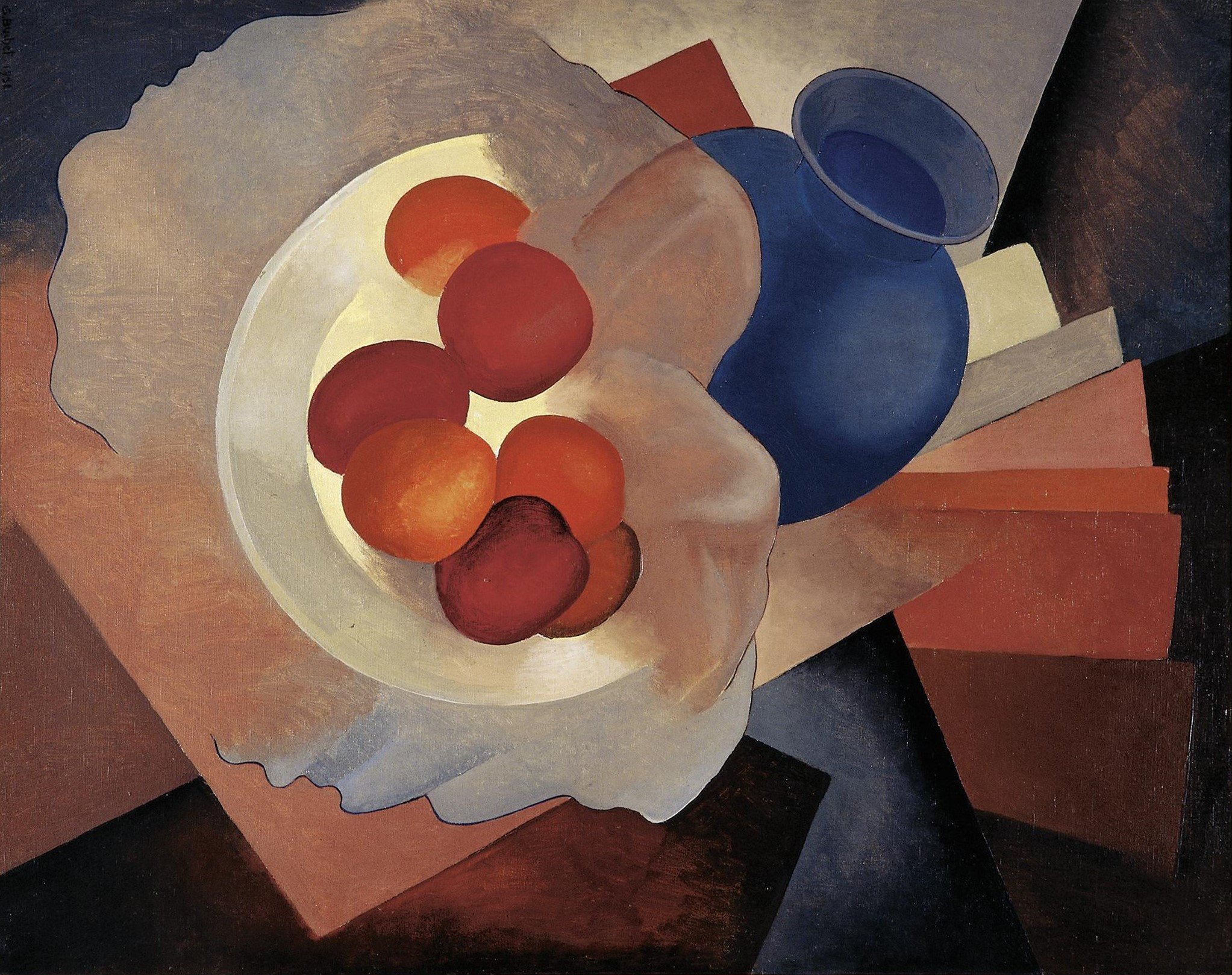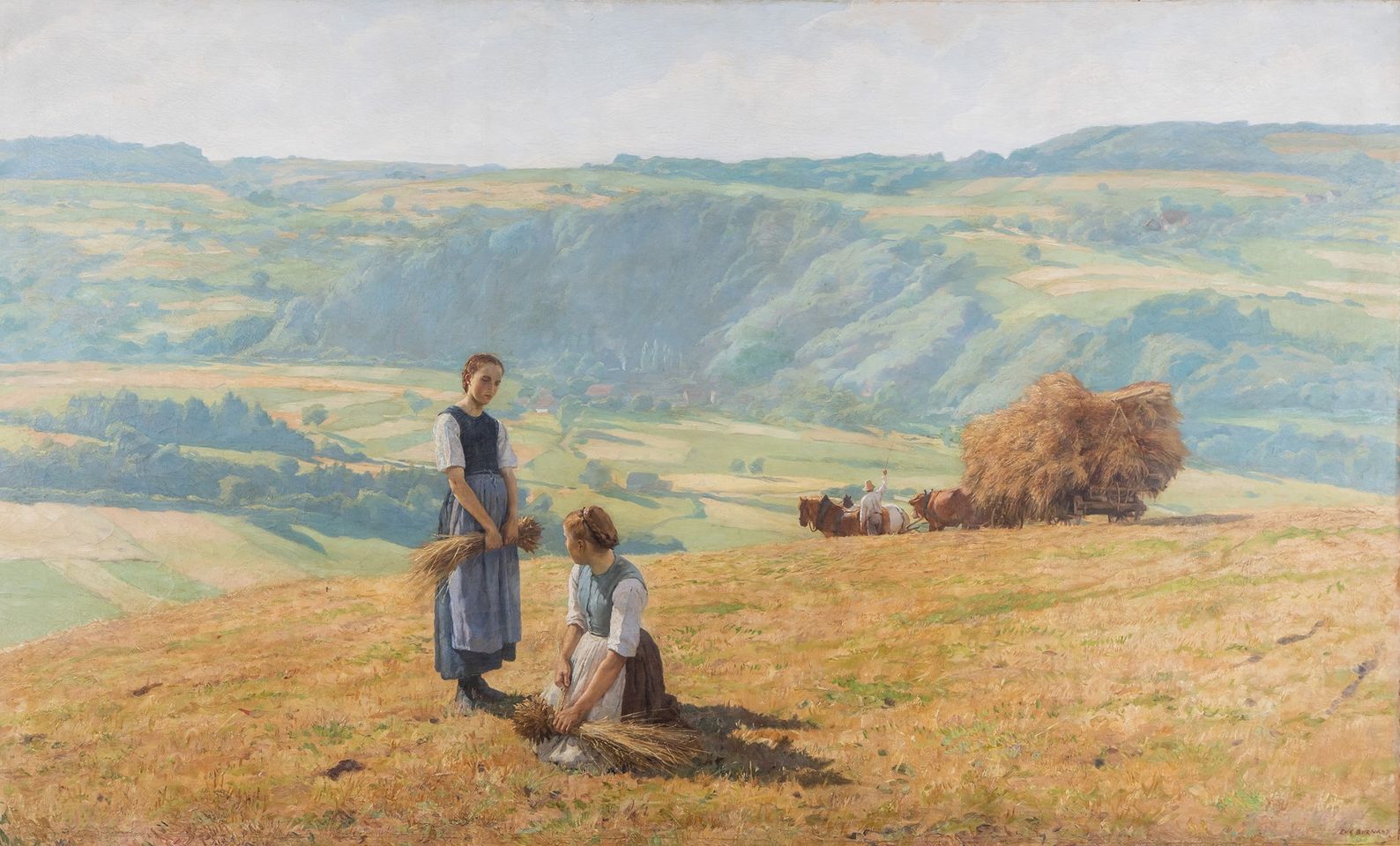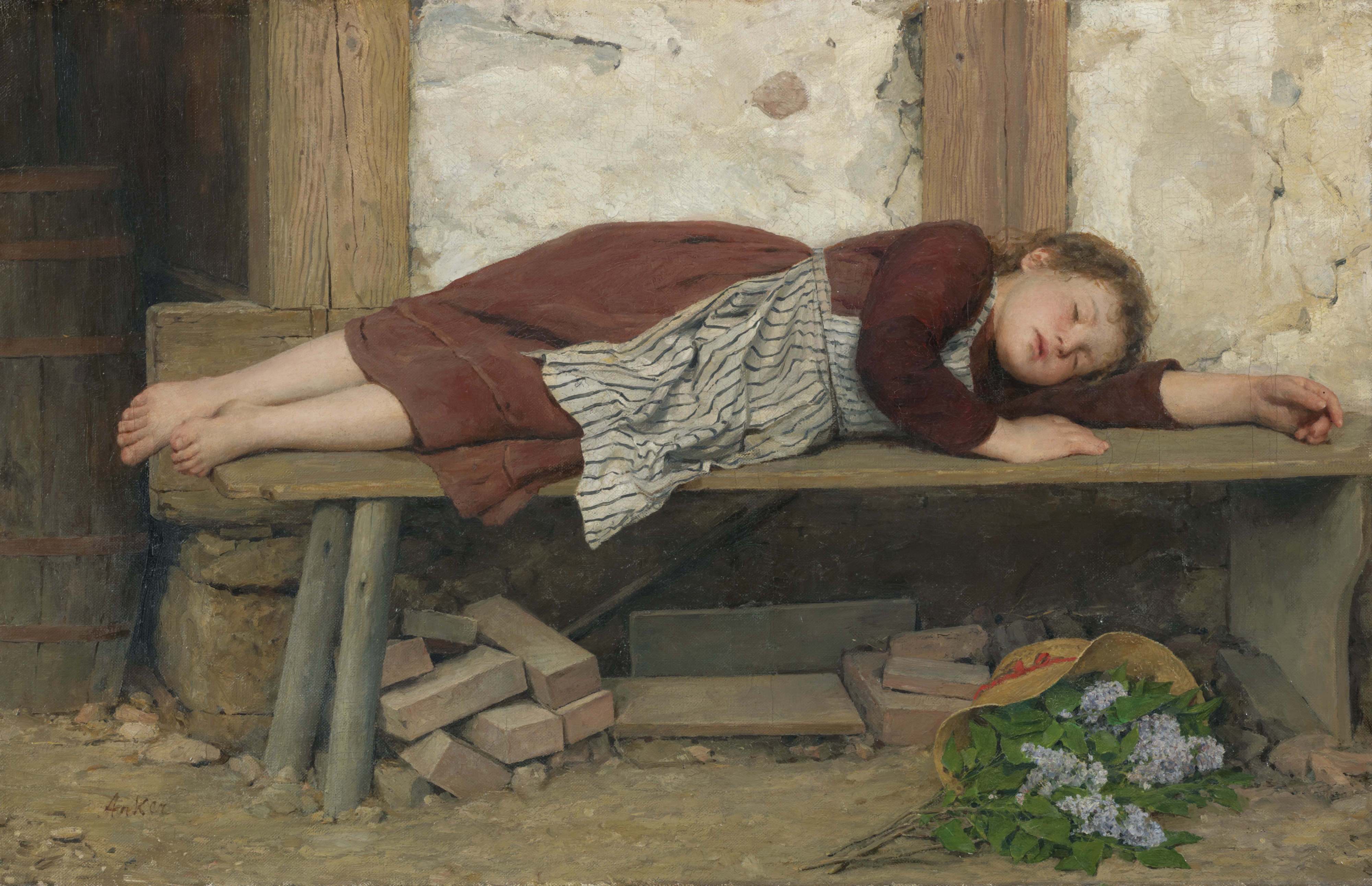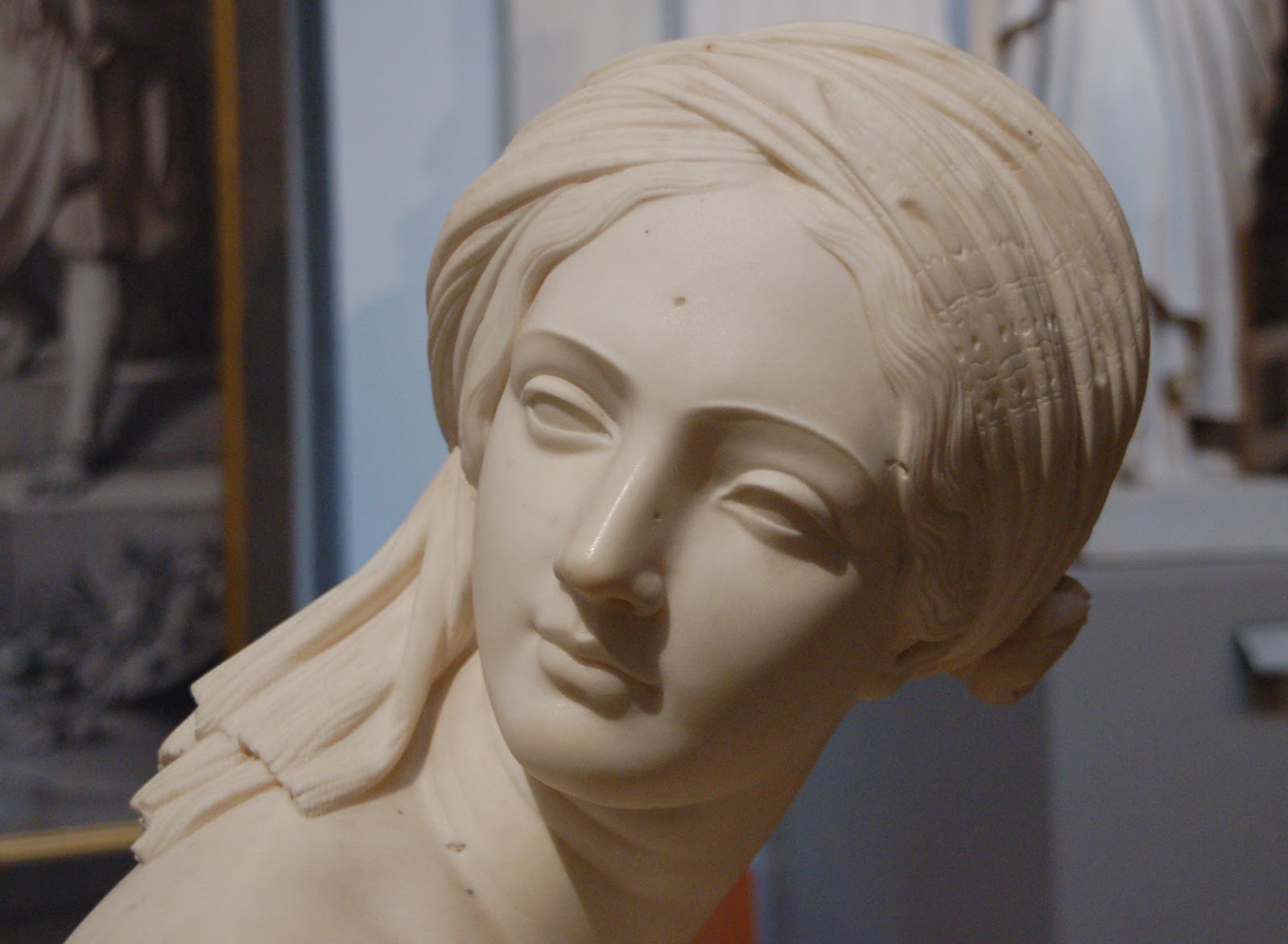Jean Etienne Liotard | Woman in Turkish Dress, Seated on a Sofa, 1752 | The Metropolitan Museum of Art
Jean-Etienne Liotard was a widely traveled artist whose French Huguenot family had settled in Geneva, where he was born, owing to the passage of the Edict of Nantes.
From 1738 to 1742 he lived in Istanbul (Constantinople) and thereafter painted genre scenes of non-Muslim women in Turkish costume, such as this one, which were greatly admired throughout western Europe.
In pastel, his technique is colorful and exceptionally smooth and flawless.
Jean Etienne Liotard | Woman in Turkish Dress, seated on a Sofa, 1752 (pastel over red chalk underdrawing on parchment) | The Metropolitan Museum of Art

















